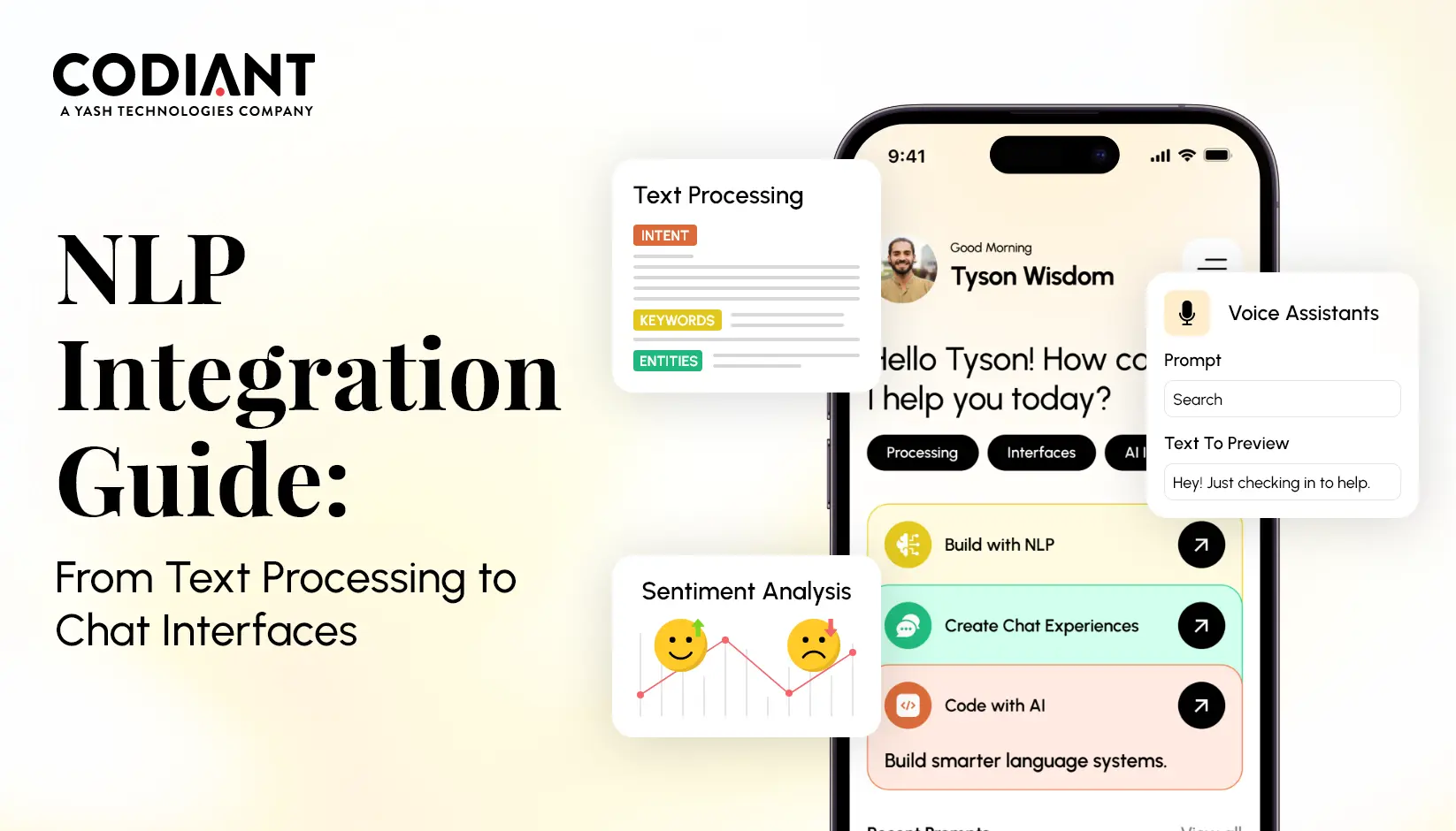Impact of Branding, Colours, and UI-UX Design on User Behaviour
Table of Contents
Subscribe To Our Newsletter

Ever wondered why you’re drawn to some websites? It’s not just coincidence – there’s a method to it. Welcome to the world of branding, colors, and UI-UX design. These factors determine how we interact with a website.
Think about when you last chose a product. Was it only about the features, or did the packaging also attract you?
We often judge things by their appearance, and on the internet, the first look at your website is very important.
In this blog, we’ll uncover how a website’s appearance can influence our choices. No jargon, just plain talk about how the colors and UI-UX design of a site can make you stay, click, and maybe even become a regular visitor. So, get ready to learn about the basics of online appeal and connection.
The Power of Branding
What is Branding and Why is it Important?
Definition: Branding is the unique identity of your business. It includes your business values, messages, and visuals, and acts like a digital fingerprint.
Importance: Branding is important because it acts like an anchor in a sea of choices. It gives users a familiar and trustworthy connection in the online world.
How does Branding influence user Behaviour?
Familiarity and Trust: Consistent branding creates a sense of familiarity. This encourages users to explore and engage with a brand they recognize and trust.
Digital Trust: In the online world, where there are many choices, users are more likely to follow brands they know. It’s like navigating a busy city with a friend you know well.
Emotional Connection: Successful branding is more than just visuals. It connects with emotions, creating a deeper connection. For example, Coca-Cola is associated with joy, and users often feel positive emotions when they think of the product.
Brand Loyalty: A strong brand builds loyalty. Users who connect with a brand are not just one-time customers. They become advocates, consistently choosing the brand over others.
Perceived Value: Brands can influence how users see value. For example, luxury brands like Rolex create a perception of exclusivity. This influences users to see the product as more valuable.
Real-life Examples of Successful Branding Strategies

Apple: More than just sleek devices, Apple’s branding represents innovation, simplicity, and a touch of luxury. Users don’t just buy a product; they buy the Apple experience.
Nike: More than just a logo, Nike’s brand is a symbol of empowerment and achievement. It sells more than shoes; it sells a mindset that connects with users.
Google: Google has created a brand that is associated with trust and accessibility. The simplicity of its logo and the reliability of its services have made Google a go-to brand for users worldwide.
The Psychology of Colours

Understanding Colour Psychology
Colors aren’t just pretty pixels—they’re like emotion messengers. Understanding color psychology is like knowing a secret code that affects how we feel and act. Each color has its meaning, influencing our emotions.
Take blue, for example. It often makes us think of trust and stability, so companies use it in logos. Red, on the other hand, brings out passion and urgency, making it great for brands that want to stir strong emotions. Businesses can use colors strategically to get the reactions they want from people.
The Impact of Different Colours on User Behaviour

Now, let’s talk about how colors affect the way we move around online. It’s not just about looking nice; it’s about playing with our feelings without us even realizing it.
Warm Colours and Action (Red, orange, yellow): These colors shout action and energy. You’ll see them in buttons that want you to click, buy, or engage.
Cool Colours and Trust (Blue, green): These colors feel calm and trustworthy. They guide you through a website, making you feel like everything is reliable.
Neutral Colours and Simplicity (White, grey, brown): These are for the minimalists. They make things look simple and fancy, giving a clean slate for other stuff to stand out.
Case Studies Showing the Effect of Colour Choices on User Engagement
Now, let’s peek into a couple of real-world scenarios where color choices played an important role in shaping user engagement.
Ever notice how Facebook is all blue? Mark Zuckerberg liked blue because it’s calming and timeless. It’s not just a color; it’s a choice to make users feel trust and calmness.
You can find more about the evolution of Facebook’s blue color and its significance in their branding here.
HubSpot’s Button Test: HubSpot, a big marketing software company, conducted A/B testing on their call-to-action buttons & changed the color of their buttons from green to red. Result? More people clicked, and conversions went up by 21%. Picking the right color can really change how people behave online.
You can also find examples of effective CTAs on their blog here.
In the big digital world, colors are like artists. They paint feelings and guide how we act. Businesses can create a visual masterpiece that connects with people by understanding this psychology and learning from real examples. It’s not just about having users; it’s about turning them into fans.
The Role of Design
The Significance of Design in User Experience
UI/UX design is more than just looks; it’s like a storyteller in the digital world. Its job is to make things easy and memorable. Think of a well-designed web development as a neat and organized bookstore. Everything’s easy to find, and it feels welcoming. Similarly, good design in the digital space makes it easy for people to use your website and feel comfortable doing it.

How Design Elements Guide User Behaviour?
Design elements are like breadcrumbs guiding users through the digital maze. Every color, font, and layout choice sends a message, affecting how users interact with your brand.
Navigation Design: Clear and easy navigation is like a well-marked trail in a forest. Users can find what they want without getting frustrated, making the whole experience better.
Visual Hierarchy: Like a good story, design sets up a visual hierarchy. Important things stand out, showing users where to look. This helps them make decisions and move around easily.
Responsive Design: In a world with all kinds of screens, responsive design is crucial for a good user experience. Whether on a computer or a phone, users should feel comfortable and able to use your site easily.
Also read: Top 10 UI/UX Trends Every Designer Must Follow
Examples of Design Influencing User Decisions
Let’s look at a few real-world examples where user interface design played a key role in shaping user decisions.
Apple’s Minimalist Mastery
Apple’s UI-UX design is all about simplicity. Clean lines and simple interfaces make their products feel easy to use. Users aren’t just buying a thing; they’re buying into a design style that promises simplicity and elegance.
Amazon’s Checkout Process

Amazon’s checkout UI-UX design makes buying stuff super easy. The one-click option makes the whole process quick and smooth, encouraging users to finish their purchases without any hassle.
Source: Amazon
Netflix’s Seamless Binge-Watching Experience
Netflix knows how to keep users watching. The design of their platform is easy to understand, looks good, and with features like auto-play, users can keep watching one episode after another without even thinking about it. That’s the power of good UI/UX design!
Source: Netflix
The Harmony of Branding, Colours, and Design
Ever wondered how websites and apps make you feel welcome? All thanks to a powerful team—branding, colors, and design—that work together to guide your online journey. Let’s explain:
How do Branding, Colours, and Design Work Together?
Your favorite brand is like a storyteller, sharing its personality and values. Colors come in to set the mood and bring out feelings. The UI-UX design takes charge, organizing elements and deciding how everything looks on your screen.
It’s a group effort—branding tells the story, colors bring out feelings, and design makes everything come alive. Each plays a special role, working together to create a smooth and enjoyable online experience.
Why Keeping Things Consistent is Important?
Now, the key to this teamwork? Consistency.
It’s not about using the same logo over and over but keeping a steady identity. Think of a brand as a reliable friend—consistency builds a strong connection. When a brand looks the same every time you visit, it builds trust that goes beyond a one-time interaction.
In the online world, this teamwork of branding, colors, and UI-UX design is like a well-coordinated show. Each part plays a role, creating an experience that catches your eye and guides you through a smooth journey.
And in the world of UI-UX design, industry experts like Codiant leads the way, excelling in branding and logo design with a solid understanding of how colours affect how users behave.
In Closing: Crafting a Digital Experience that Feels Just Right!
So, there you have it—the team of branding, colors, and UI-UX design working together to in ui-ux development make your online journey easy.
It’s not about complicated tech talk; it’s about creating a space that feels like home.
Branding is the storyteller, showing a brand’s personality. Colors set the mood, and design makes sure everything looks clean and organized. Together, they form a team that speaks your language.
So, the next time you’re clicking on a website, remember it’s not just pixels on a screen. It’s a conversation, a well-planned performance by branding, colors, and design, making sure you enjoy every part of your online adventure.
Frequently Asked Questions
Understanding user behavior involves various methods:
- Utilizing web data analysis tools like Google Analytics.
- Implementing features such as heatmaps and session recordings.
- Conducting tests with A/B comparisons and user trials.
- Collecting feedback through surveys and forms.
- Logging user activities and events.
Studying user behavior focuses on observing how individuals interact with a product, website, or app. This process includes:
- Gathering data on users’ actions, clicks, and navigation patterns.
- Analyzing data to identify trends, preferences, and pain points.
- Leveraging insights to enhance the user experience and boost conversions.
- What is user behavior interaction?
User behavior interaction encompasses all digital interactions users have with a product. It involves:
- Navigational patterns such as clicking, scrolling, and hovering.
- Input methods like typing, tapping, and swiping.
- Task completion processes and preferred routes.
- Levels of engagement and duration of interactions.
- Understanding these interactions is vital for improving the user experience
Several user behavior models exist, including:
- Task-based models focusing on user objectives.
- Cognitive models based on psychological processes.
- Predictive models utilizing machine learning for future behavior.
- Persona-based models representing diverse user types.
- Journey maps illustrating the entire user experience.
- Selecting the appropriate model depends on the product/service and the desired insights.
Featured Blogs
Read our thoughts and insights on the latest tech and business trends
Integrating NLP Into Your Existing App: From Text Analytics to Conversational Interfaces
- December 29, 2025
- Artificial Intelligence
Natural Language Processing has moved from a niche capability to an essential part of modern software, and 2025 has clearly shown its impact. Businesses are no longer rebuilding entire systems to keep up with user... Read more
How to Build an AI-Powered Queue Management System in Dubai, UAE
- December 25, 2025
- Artificial Intelligence
Dubai has been steadily moving toward faster, more efficient public and private services, and this shift has increased the need for systems that reduce waiting time and improve customer flow. With rising footfall across government... Read more
How Year-End Engagements with a Dedicated Dev Team Can Accelerate Your 2026 Roadmap at a Lower Cost
- December 18, 2025
- Staff Augmentation
In a Nutshell Year-end is the strongest window to add development capacity, clear backlogs, and prepare your 2026 roadmap without overwhelming in-house teams. Dedicated development teams accelerate delivery, reduce sprint delays, and help companies ship... Read more




